"Money before coin, jewelry before gems, art before canvas": This delightful new book by environmental writer Cynthia Barnett explores the fascinating world of seashells.
-by John S. Sledge
Fifteen years later, a journalist for Harper's Weekly reported that the shells were quarried from nearby embankments at the lake and that the constant pounding from iron-shod hooves and heavy wagon wheels made them "almost as firm, as solid marble." He rated the road "one of the most delightful drives in the world."
Deeper in town, residents did not neglect the clam shells' useful properties for French Quarter street improvements. Bourbon Street’s muddy patches were routinely scattered with them before bitumen became all the rage. Just as with the Shell Road, the most convenient source was Lake Ponchartrain. In some cases, contractors actually dredged ancient shell middens accumulated by the Indians. Throughout history shells of virtually every variety from freshwater clams to saltwater lightning whelks have been utilized by humankind for both practical and frivolous purposes, as elucidated by Cynthia Barnett in her intriguing new book, The Sound of the Sea: Seashells and the Fate of the Oceans (W.W. Norton, $27.95, hardcover). Barnett, a professor of environmental journalism at the University of Florida's College of Journalism and Communications, Gainesville, is a gifted writer with several earlier titles under her belt, including Rain (2015), which was longlisted for the National Book Award. Her latest book is a deeply informative and entertaining read distinguished by a relaxed prose style full of personal, as well as scientific and historical, anecdotes.
Barnett's topic was inspired by her Florida girlhood and two wonderful grandmothers "who when I showed them even the tiniest coquina would react as if I'd found Blackbeard's treasure."
She passed along this love of shell-seeking to her own daughter but chose to not overwhelm the tyke with the grim realities of bivalve life and death: "how mollusks sneak up on others from under the sand; secrete acid to weaken the top of the clam or cockle shell; drill a hole with a spiked tongue covered with hundreds of teeth; then probe the saw-tongue inside to paralyze their brethren, scrape them from the shell, and devour them alive." So that’s why so many empty shells on the beach have holes in them! The Sound of the Sea features 13 chapters, each highlighting a specific shell, including the chambered nautilus, the money cowrie, the lightning whelk, the giant clam, and the bay scallop. A sub-theme throughout is the sheer abundance of shellfish and what poor stewards people have been of this precious resource. Barnett's descriptions of the "350 square miles of oyster reefs" that Henry Hudson had to navigate in 1609 to reach New York Harbor fairly boggles the mind, as does the destruction of freshwater mussels by dam construction and the ruination of Indian middens by 19th-century road builders like the men who patched Bourbon Street. Add to all of this the indefatigable activities of shell dealers and collectors along with a robust black market for prize specimens and it is a wonder there are any seashells left in the world. Happily there are, in fact, gazillions out on the sea bottoms, and Barnett entertainingly chronicles their life cycles. "Marine mollusks are vegetarians and cannibals," she declares, "fish hunters and filter feeders, algae distillers, and carrion eaters. They are sedentary blobs that leap and swim. Shy beings that create the showiest architecture of all time. Squishy invertebrates that make some of the hardest building materials known. Vulnerable species with the longest evolutionary history of any living today." Their “showiest architecture” has long attracted human admirers, Barnett declares, starting as far back as half a million years ago when Java Man scratched crude patterns on shells. Some 100,000 years ago a Neanderthal girl gathered cockles on a Mediterranean beach and strung them together in her family's cave. Tens of millennia later, before the Spanish ruined their world, Mississippian Indian traders carried elegant Gulf Coast lightning whelks all the way to Cahokia in what is now Illinois, where they were used as ornament, bowls, and in burials. Some Africans used cowries as legal tender from 1850 into the 20th century, "longer than any other single coin or paper money in history." At places like Charleston and New Orleans, African slaves decorated their loved ones' graves with seashells, symbolizing passage from the material world to the spiritual realm. As Barnett writes, “Seashells were money before coin, jewelry before gems, art before canvas.” The Sound of the Sea is wonderfully discursive and filled with a thousand delights. Readers learn that mollusks congregate, conches herd, scallops school, oysters clutch, clams bed, and lightning whelks storm. They learn what "handedness" means in a seashell, that is, which direction it curls when held fat side up. Most shells are right-handed, but not the lightning whelk, which gives it an advantage over predator crabs with "big, right-handed crushers." Lightning whelks' left-handedness may also explain the Indians' interest in them. The ancient Greeks pulverized oyster shells to make toothpaste; Cicero wrote that shell-collecting was a “worthy release for the serious mind”; the playful tongue twister "She sells seashells by the seashore" was inspired by English curiosity-shop owner Mary Anning, a collector of fossils, many of which she sold to famous naturalists who gave her no credit for finding; Edgar Allen Poe helped edit an early seashell guidebook, his only bestseller during his lifetime; and on and on it goes. Barnett closes with an eloquent hymn to the living mollusk. Even more beautiful than a trophy seashell to her is the sight of a living cowrie underwater. “Tiny eyes peer sideways from the bottom of its tentacles,” she writes. “Its siphon hose juts ahead to sniff for algae. Its living cloak spreads over its mounded shell, taking carbon from the sea and turning it into beauty. That life is the seashell's one and only truth." No thoughtful denizen of the Gulf Coast should be without a copy of Barnett's altogether absorbing book, the best beach read imaginable.
Enjoy this feature?
Enjoy the Shoofly Magazine? Reader donations help underwrite correspondents who write about and photograph our community.
Use the button below to join our Readers’ Circle! Comments are closed.
|
Categories
All
Archives
July 2024
|
Shoofly Magazine Partners
Our Shoofly Partners are local businesses and organizations who share our mission to enrich community life in Bay St. Louis, Waveland, Diamondhead and Pass Christian. These are limited in number to maximize visibility. Email us now to become a Shoofly Partner!

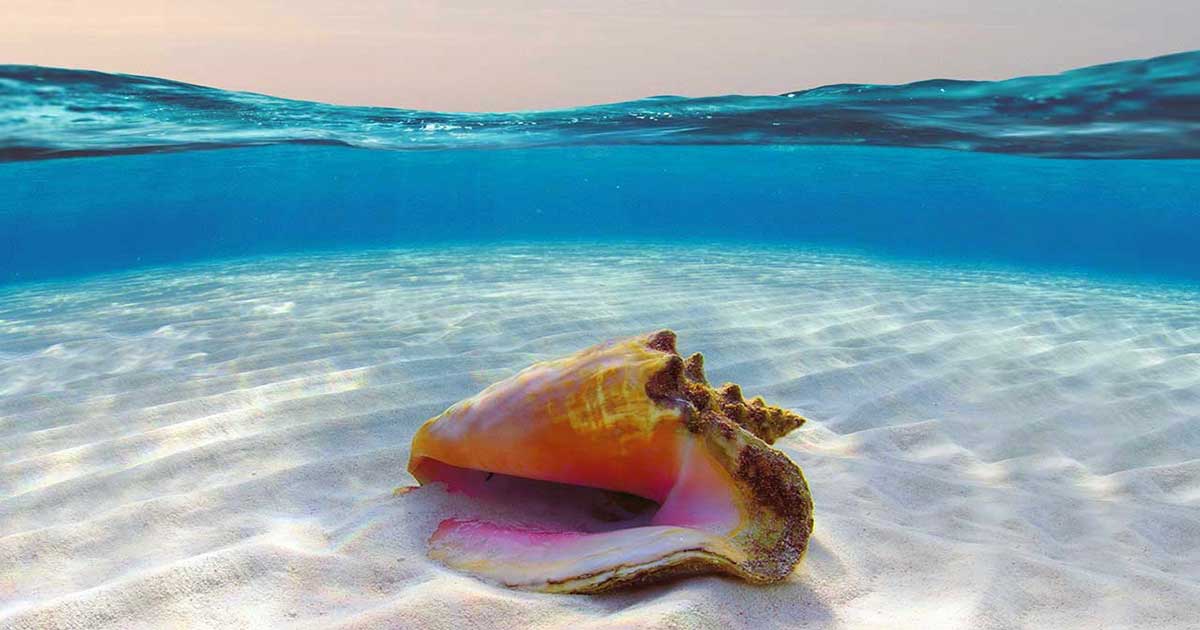
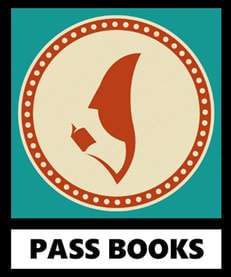

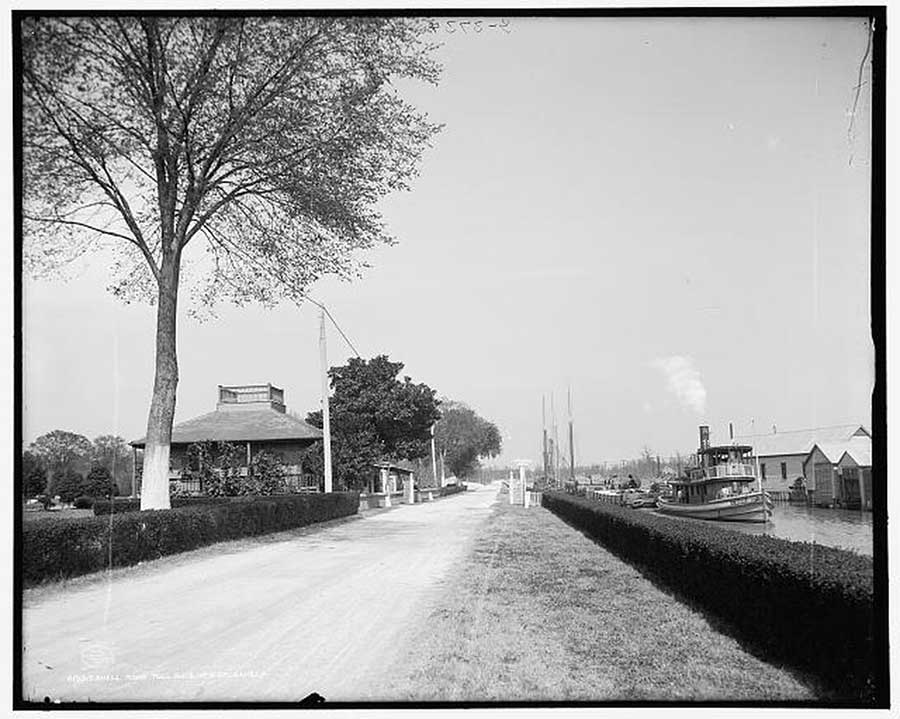
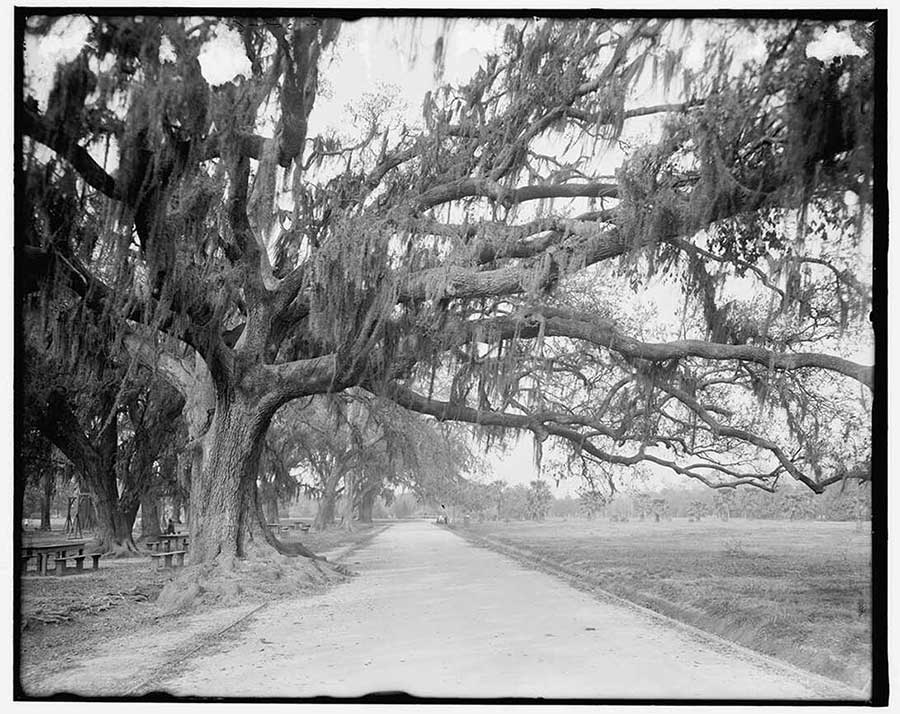
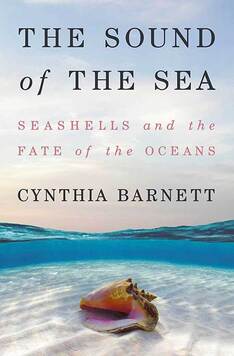
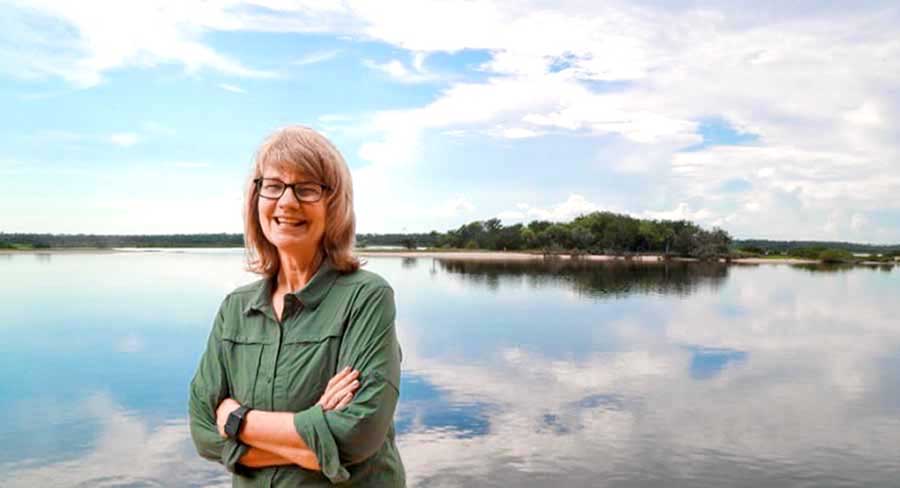
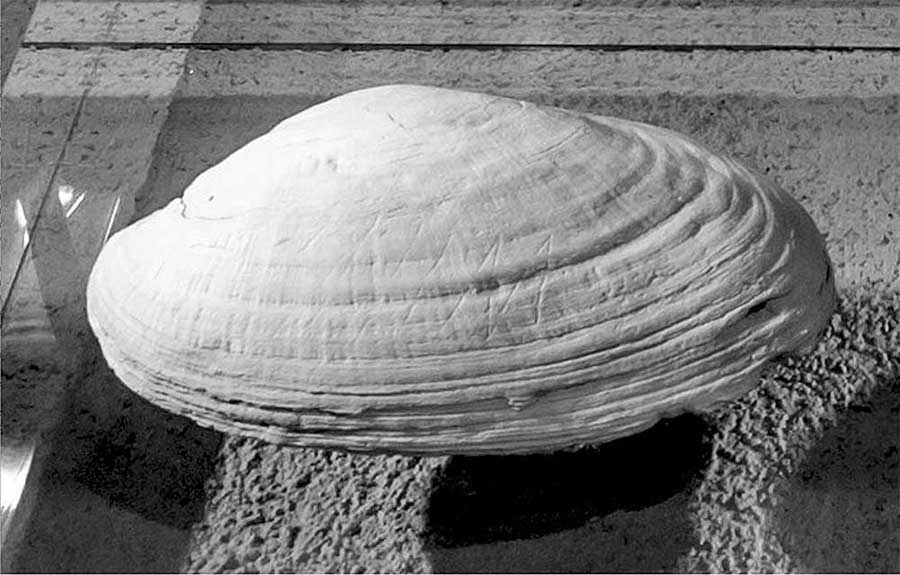
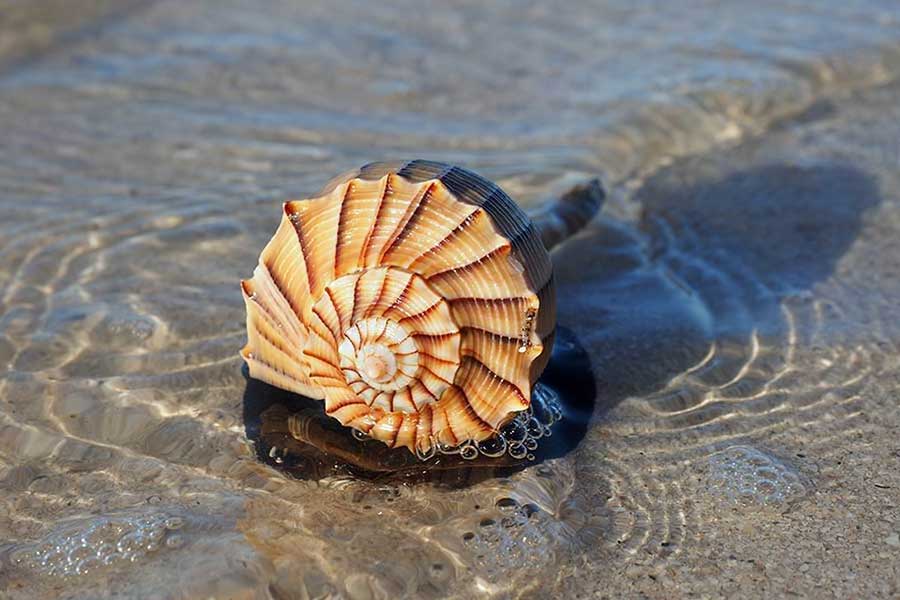
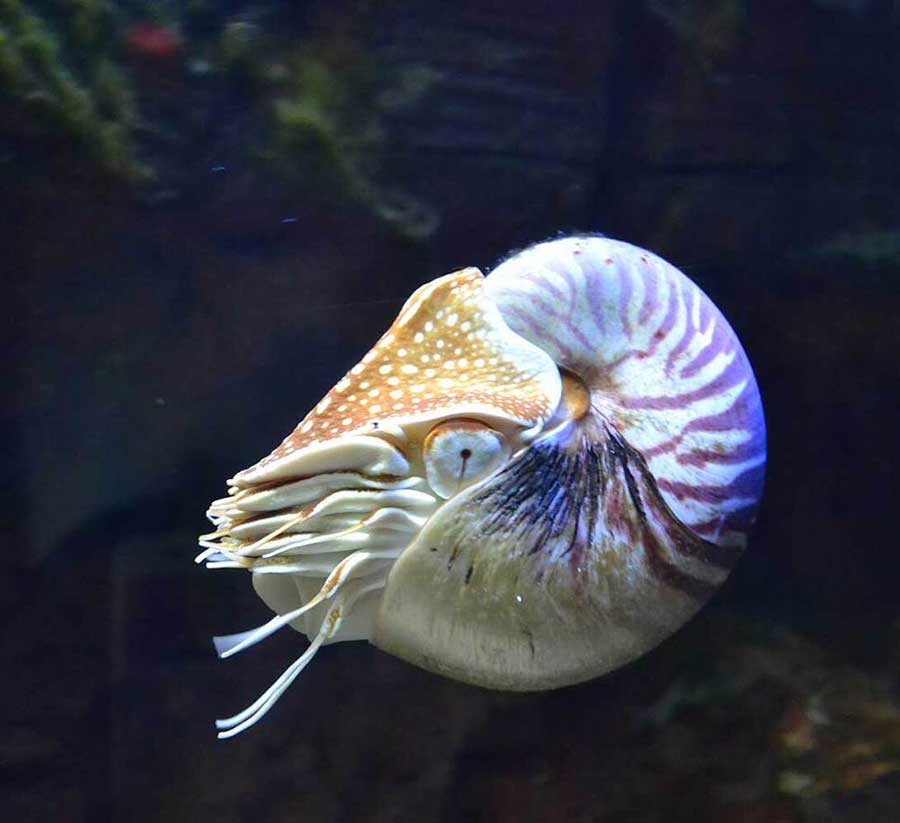



























 RSS Feed
RSS Feed























